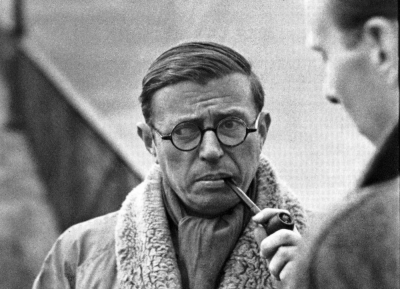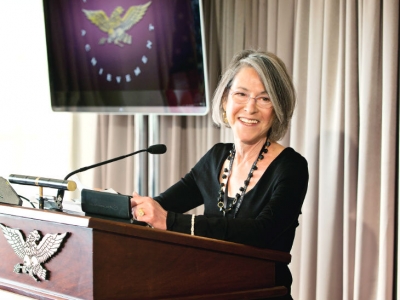Portugal a country on the west coast of the Iberian peninsula. has a rich history of seafaring and discovery. The name Portugal is derived from the Roman Portus Cale, meaning Port of Cale Cale was an Ancient Celtic town and port in present day northem Portugal Lisbon is one of Europe’s oldest cities (the second oldest capital city after Athens) Let us find out more about this country
History
Portugal was founded in 1143 as part of a treaty signed by D Afonso Henriques, the first King of Portugal and Alphonse the VII of Kingdom of Leon and Castile (now the largest autonomous community in Spain). The treaty recognised Portugal as an independent kingdom. The status was confirmed by Pope Alexander the Ill. then head of the Catholic Church, in 1179.
However, the earliest human remains found in Portugal are Neanderthal-type bones from Furminhas also known as Dominique’s cave. It is a natural cave on the southern slope of the Peniche peninsula in Portugal.
According to national legend. Lisbon was founded not by Celts (early Indo-European people) but by Odysseus, a mythical Greek warrior and king of Ithaca (a small island on the lonian Sea).
Portugal was a global maritime power during the 15th and 16th centuries. In the 15th Century, Portuguese explorers such as Vasco da Gama discovered the maritime route to India. By the 16th Century, they had established a huge empire in Brazil as well as swathes of Africa and Asia.
For almost half of the 20th Century, the country was under the dictatorship in which for decades Antonio de Oliveira Salazar was the key figure. The country lost most of its wealth and status with the destruction of Lisbon in a 1755 earthquake, and the independence of Brazil, its wealthiest colony, in 1822.
In 1974, the country witnessed a bloodless coup, known as the Revolution of the Carnations, which ushered in a new democracy. Only then, in 1975, it granted independence to all of its African colonies.
Geography
The country occupies one-sixth of the Iberian peninsula in Europe’s southwestern area. It is bound by Spain, the Atlantic Ocean, and Azores and the Madeira Islands. Though it is not a large country, Portugal beholds great diversity in terms of physical geography.
The northern part of the country comprises the mountainous border of the Meseta, which is the block of ancient rock that forms the core of the Iberian Peninsula. Southern Portugal contains extensive areas of limestone. The Estrela Mountains (lying in between the Tagus and Mondego rivers) is the highest point of mainland Portugal. The capital, Lisbon, is on the steep hills situated on the right bank of the Tagus. The city was designated a European City of Culture in 1994.
Flora and fauna
The vegetation here is a mix of Atlantic, or European, and Mediterranean (with some African) species. Over the years, the forests in the country have diminished.
While one-fourth of its area is under woodland, the remaining parts feature two types of Mediterranean scrublands – maquis and matorral, or steppe. Mixed deciduous trees can be found only in the north and northern interior. Around 100 plants are native to Madeira.
Two-thirds of the region is a conservation area. The Laurisilva of Madeira, the largest surviving area of laurel forest, was designated a UNESCO World Heritage site in 1999. It contains unique plants and animals, including many endemic species such as the Madeiran long-toed pigeon.
The country has a mixture of European and north African types of fauna. Like Spain, wild goats, wild pigs, and deer can be found in the countryside of Portugal. Its far north and northeast are home to wolves, while lynx inhabit the Malcata mountains
A variety of bird species can be found as the peninsula lies on the winter migration route of western and central European species. The highly endangered Mediterranean monk seal is native to Madeira’s Desertas Islands, which were classified as Nature Reserve by the Council of Europe in 1990.
People
Over nine-tenth of the population is ethnic Portuguese; the rest includes small numbers of Brazilians, Han Chinese, and people from Portugal’s former colonised countries in Africa and Asia. The country’s Roma (gypsy) population lives primarily in the Algarve
The country has a long tradition of dancing and singing. Interestingly, almost every village here has its own terreiro, or dance floor. These dance floors are usually constructed of concrete, though in some places, it is still made of beaten earth. Small accordions and gaitas, or bagpipes, are some of the instruments that accompany the dances
Though Portugal gets a good supply of fresh fish, the dried salted codfish known as bacalhau, is considered the national dish.
The country has a rich legacy of archaeological remains such as prehistoric cave paintings at Escoural, the Roman township of Conimbriga, the Roman temple (known as the Temple of Diana) in Evora, and the typical Moorish architecture of southern towns such as Olhao and Tavira
Some of the famous Portuguese explorers were Ferdinand Magellan, the first to circumnavigate the globe, and Vasco da Gama, who opened up the sea route from Western Europe to the East by way of the Cape of Good Hope. These explorations opened the country to Asian influences. The city centres of Evora, Sintra, Porto, and, in the Azores, Angra do Heroismo are listed as UNESCO World Heritage sites.
Politics
During the colonial era, Portugal was the world’s richest country. However, the wealth was not used to develop domestic industrial infrastructure. This resulted in the country becoming one of Western Europe’s poorest countries in the 19th and 20th centuries. In 1986, Portugal joined the European Economic Community (predecessor of the European Union). Now, 21 members of the European Parliament are from Portugal.
Portugal is a semi-presidential republic with the Prime Minister as the head of the government and the President as the head of the State. The President has the power to appoint the PM and other government members.
Picture Credit: Google






